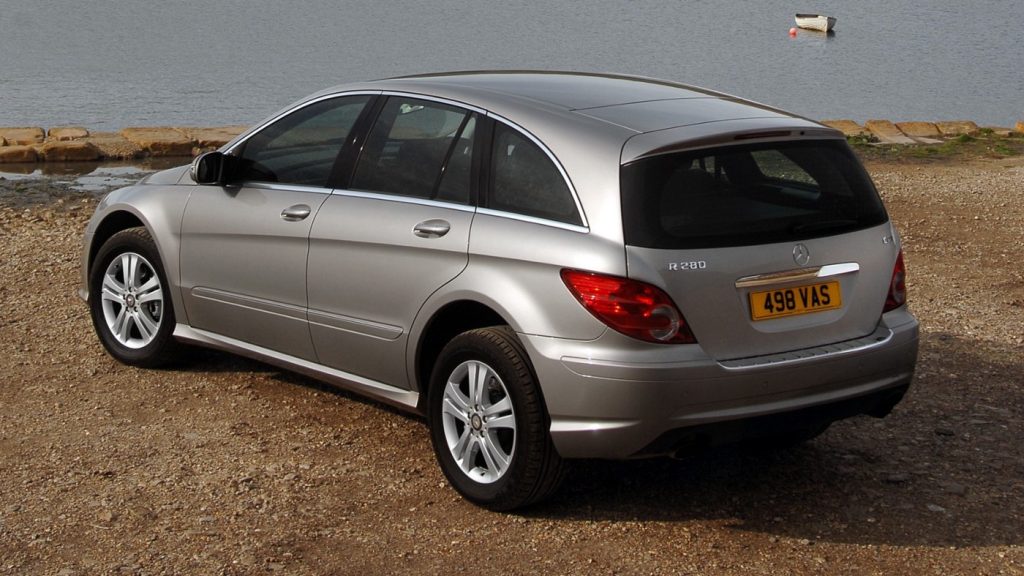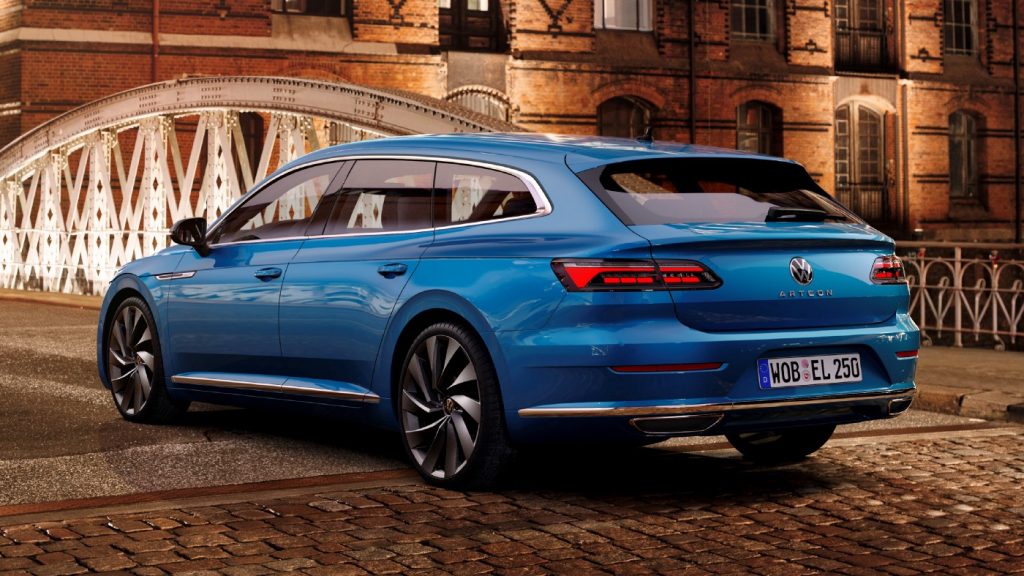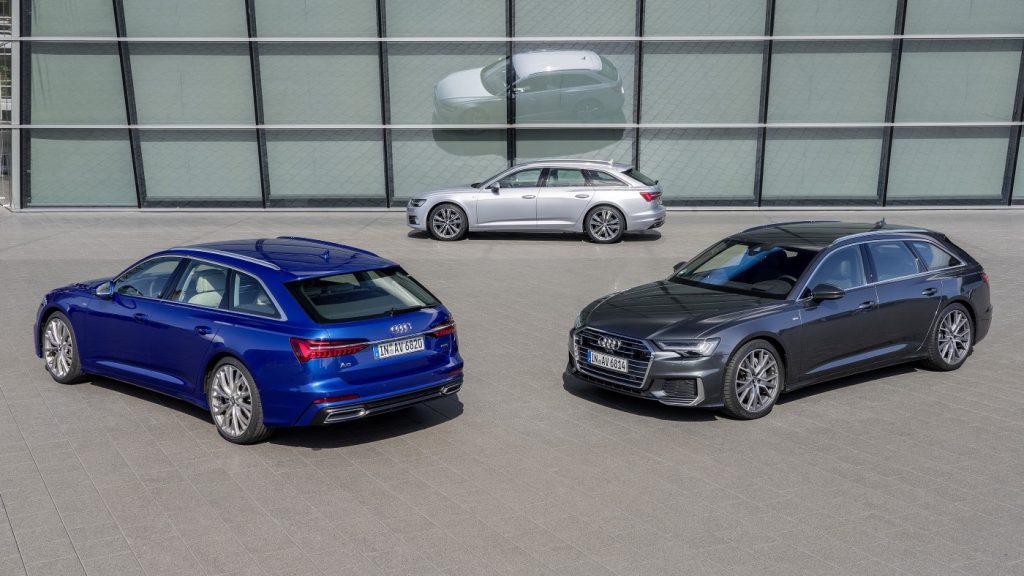Citroën and Ford have just released models which may set the direction which station wagons so badly needed to survive

Every car fan knows about “Save the Wagons”. The phrase has even become a hashtag on social media; it represents the desperate wish of purist fans for automakers to keep investing in what used to be a best-seller body style. And, of course, to make it competitive against the waves of new concepts that appear every once in a while.
Car fans also know that one of those is the “crossover” wave, which took the market by storm in the late 2000s. In short, the idea of offering qualities of several segments in a single model seemed irresistible and has seduced pretty much every big maker into releasing at least one of them. Some have created literally ten of them.
At first, the crossover seems to have become the nemesis of the station wagon, right? The thing is, if you check the news and some showroom floors, you will see that the term has not been used in a while. The global market has changed a lot in those years and that means that some roles have changed as well. That is the case of crossovers.

What was the crossover car?
There is no exact answer to that — and that is the beauty of it. Back when most automakers were giving their shots at it, the only rule was to combine as many qualities as possible. That has led to the tiny Peugeot 1007, the rugged Subaru Forester, the quirky Pontiac Aztek, and a wide range of models between them. Really, really wide.
Offering so many options of size, design, content and price to the public made it more difficult than usual for any of them to prosper; several automakers lost large investments because they designed models which people simply did not want after all. And what model did actually prosper in the market, then? This answer is much easier.
Over time, the crossover trend led people and industry to embrace SUVs more than ever, from the compact Honda HR-V to the full-size BMW X7. Now, the market defined that body style as its trend of the moment and it has pretty much dominated the lineups and showrooms. We can expect some interesting effects in the next years.

What effects are those?
Once a market trend takes place, the number of available car models increases from the standards of a niche to a regular segment and, later, gets divided into multiple segments. However, such growth also generates normalization. SUVs have become one of the pillars of the modern-day car market, just like sedans, pickups and hatchbacks.
In general, consumers appreciate novelty. They will take some interest in new options made available even if it is for a short time. And that interest will last longer the better they are. As a result, when a trend dominates the market and stays strong for a long time, it is no longer a trend. It loses that appeal to some other which is yet to come.
Parallel to that, it is important to remember that SUVs have always had heavy criticism for being excessive: too bulky, hard to maneuver, poor fuel efficiency, and opposed to sportiness. As the initial frenzy fades out, consumers will pay closer attention to those issues. That is exactly the kind of event that paves the way for new trends.

Will companies remake the crossover?
We can say its concept will, rather than actual car models like the ones seen in the 2000s. After all, if we are talking about finding starting points to develop a new car model, what could be better than applying the advantages of multiple body styles into one? The difference is that we expect the crossover concept to favor another style this time.
While SUVs appeared amid all that criticism, station wagons have always had quite a positive image. They were popular back when there were fewer options on sale and have been deeply missed ever since the market drifted away from them. If we must choose another body style for the base of the next trend, it is hard to find a better option.
In 2019, the article below signaled the possibility for such an event to happen but only if wagons could reinvent themselves. It also suggested that an interesting way to do that would be to find a new theme; something that could give them a new image adapted to the modern times. Now, it seems that those steps are finally about to be taken.

The rise of the new station wagon
Citroën’s and Ford’s latest concoctions have stylish slanted rear like coupés, an elevated ride height like SUVs, and some rugged visual elements to give them a light off-road look. And yet, their elongated silhouette generates a sleek and sporty appearance which could only belong to station wagons. Despite what both automakers keep saying.
If we think of alternative interpretations in general, this moment could also be a great opportunity to finally make shooting brakes thrive as well. The Arteon happens to follow the same guidelines as those other models, although giving them a sporty touch rather than off-road. Both ideas are trendy enough to get good reception in today’s market.
In short, the “emotional character” mentioned two years ago in that article has finally appeared. If automakers keep following those directions regarding design and content, station wagons will have resources to be attractive to the public in general, not only to purists, and will have tools to fight for a market share as they used to have.

What can we expect from now on?
It all depends on makers embracing the idea to convert it into a regular trend; we know that there are many people who appreciate station wagons and the crossover concept. The C5 X and the Evos have all it takes to start a new niche, while the Arteon Shooting Brake and the A6 Avant could join them after some design and marketing work.
That trend can really take off if automakers manage to offer those new models as vibrant, emotional counterparts to SUVs regardless of focusing on off-road or performance appeals. Besides, the fact that they can share more parts with other body styles such as hatchbacks or sedans should make it easier for them to become profitable again.
Old-school station wagons lost sales to minivans in the 1990s mostly because their only real competitive edge was family use. Ironically, that is the same reason why SUVs superseded minivans twenty years later. Now, the industry has learned that cars need more than one edge to stay competitive, like what they have been doing with SUVs.

Even if you do not consider buying a station wagon, what do you think of the newest releases? Do you believe they could effectively lead the way to a new generation of that body style, or shall they simply increase the multitude of SUVs we see in today’s market? Feel free to share your thoughts and opinions by leaving a comment!
Danillo Almeida has explored his passion for cars in two distinct ways. The first one is his graduation course in Mechanical Engineering, which will hopefully lead to a job position in the field. The other one is expressing his knowledge and opinions on the matter through writing. Almeida has already contributed to blogs, stores, and websites in general writing automotive content in many formats.



